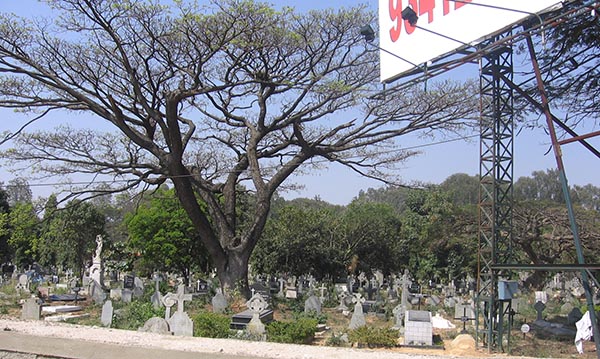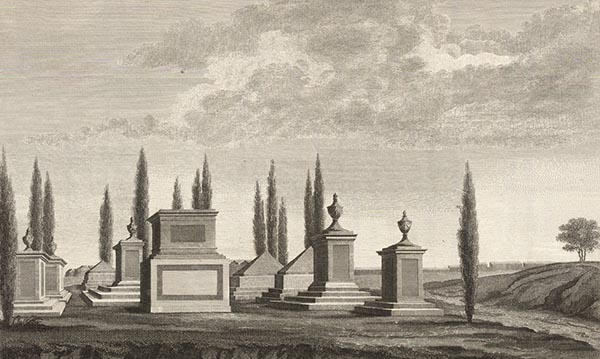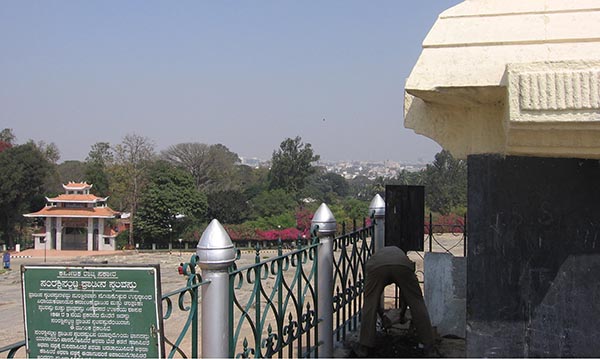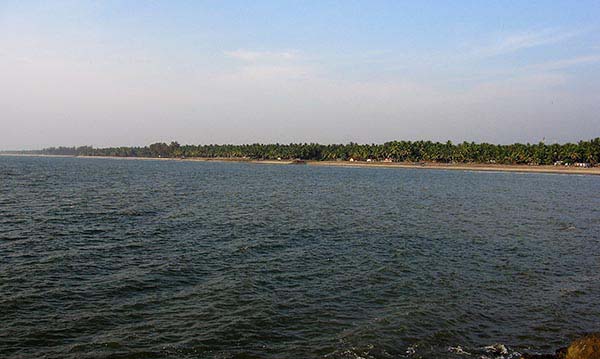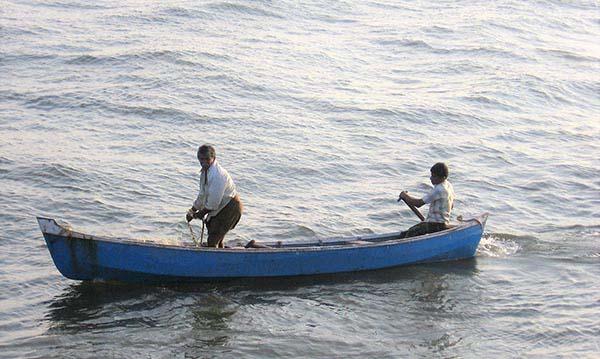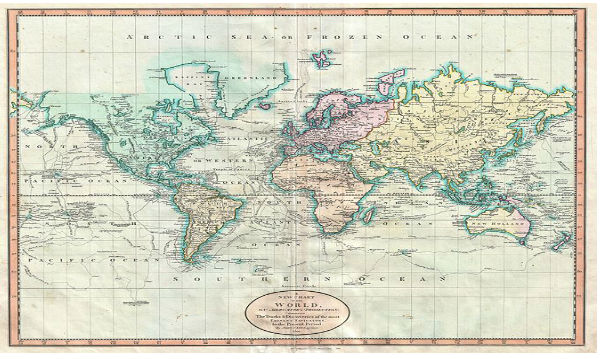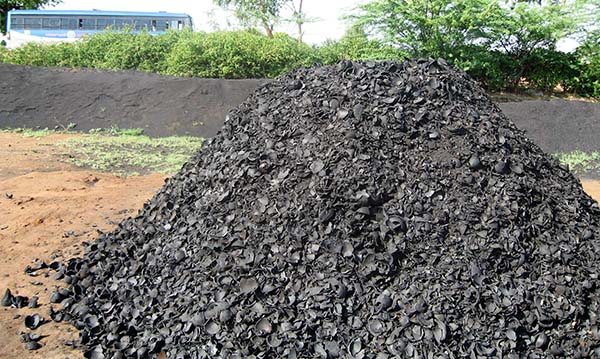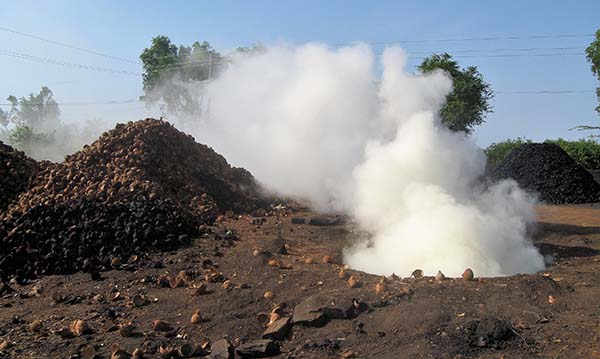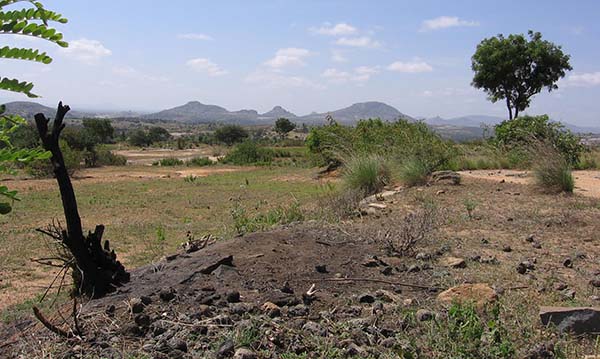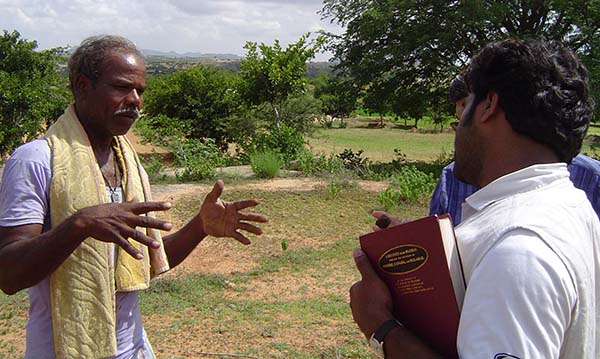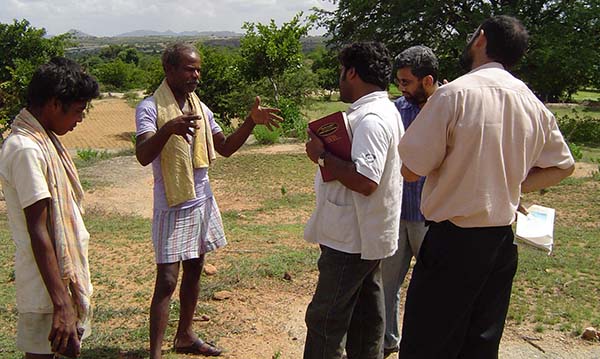Pre-Cantonment Bangalore
We have attempted to draw some inferences pertaining to Bangalore’s environment and its economy at the turn of the nineteenth century, the eve of “Cantonment Bangalore” from various archival sources. An important source on the landscapes in and around Bangalore is Francis Buchanan’s Journey. Another interesting source were the sketches by Home in his “Select Views in Mysore: The Country of Tippoo Sultan from Drawings Taken on the Spot” which provide interesting clues to what Bangalore’s landscapes may have looked like; surprisingly it may not have been quite like what we might imagine. The conclusion we arrive it is that while Bangalore may well have become “greener” in the Cantonment and post-Independence era while the forests in Bangalore’s vicinity may have witnessed the greatest damage.
Shipbuilding in Beypore
“Vaya-pura was originally called north Parupa-nada (now, Beypore). It is a small town, containing 120 houses of all casts, and has hardly any trade. The situation is most beautiful, on the north side of a river, where it enters the sea. Within, the river has deep water; but, like all those on the coast, has a bar at its mouth. At favourable seasons vessels drawing 14 feet may be floated over the bar by means of casks. Some projectors have here erected lofts, and other works accommodated for building ships of war; for which purpose no place seems to be worse fitted. Small vessels, however, might be built to considerable advantage, a good deal of timber coming down the river, which affords fine situations for slips, or docks.” This was Francis Buchanan’s description of Beypore in his Journey of 1800-01. We discovered boat-making to be a major activity at Beypore; however, the timber was no longer sourced indigenously. It was now being imported from S.E. Asian countries.
The Great Divergence Debate
India’s position in the Great Divergence debate has remained tentative due to scanty data availability for the medieval and early modern periods. In the years 1800-01, Dr. Francis Buchanan conducted one of the first agricultural surveys in the erstwhile state of Mysore and its adjoining regions. His Journey contains a wealth of information, both quantitative and qualitative, which has not been studied systematically so far. This paper brings together the information scattered throughout his report to construct an aggregate welfare ratio in order to ascertain the overall living standard in Mysore at the turn of the nineteenth century, the eve of colonial intervention in the state. The results from this study have interesting and important implications for the Great Divergence debate.
History Tomorrow
The colour of the times is changing. The accelerating pace of technological, economic and social change is transforming livelihoods and landscapes; many face a danger of disappearing altogether in the not-so-distant future. We do not think it appropriate to make a normative judgment on whether this change is socially good or bad. However, we do believe that it is important to document the present for future generations that would want to look back at history, just like we do today. Though text-documentation of livelihoods and landscapes is widely available, visual recording and documentation is relatively sparse and dispersed. Here we have attempted to document some of the occupations that Buchanan encountered on his Journey of 1800-01; oil pressing, limestone-making, coconut charcoal, salt-making and shell mining. To our surprise, some of them were still carried out with the same technology that Buchanan sometimes describes.
Iron and Steel Smelting
One of our most important findings from Buchanan’s Journey relate to iron and steel smelting in erstwhile Mysore. Very few people understand that the Maidan or the vast open stretches (Bayalu Seeme) of the Deccan Plateau was the hot-bead of industrial activity; smelting iron and steel for the large-scale manufacture of weapons. Although history speaks about the war in late medieval India, the economic and environmental facets of violent conflicts is often ignored by historians. Explorations into the work of Francis Buchanan as well as extensive discussions with people opened up a new perspective into Indian environment history; the large-scale destruction of forests in medieval India and the struggle for control over forests in the early colonial period.


